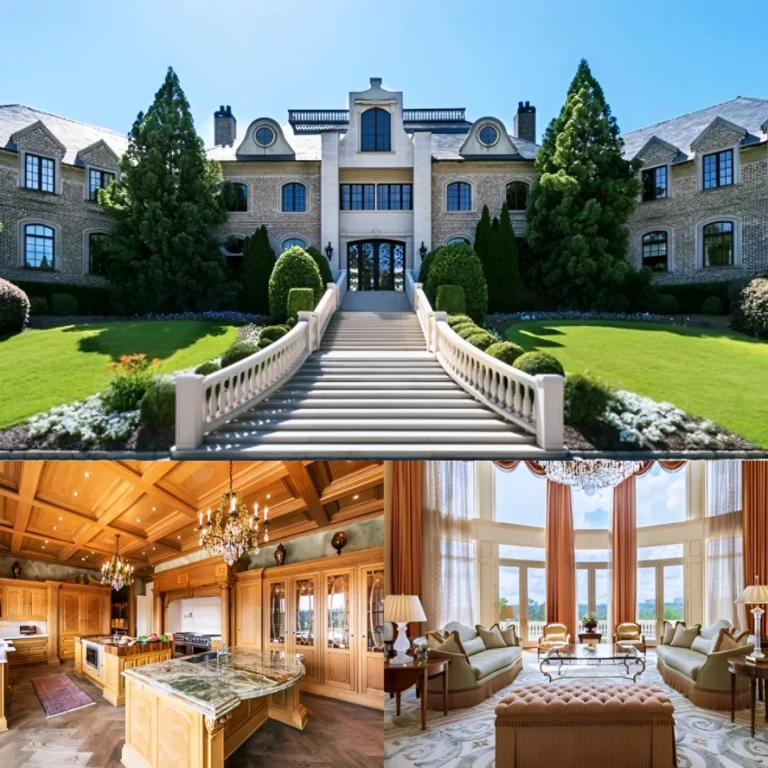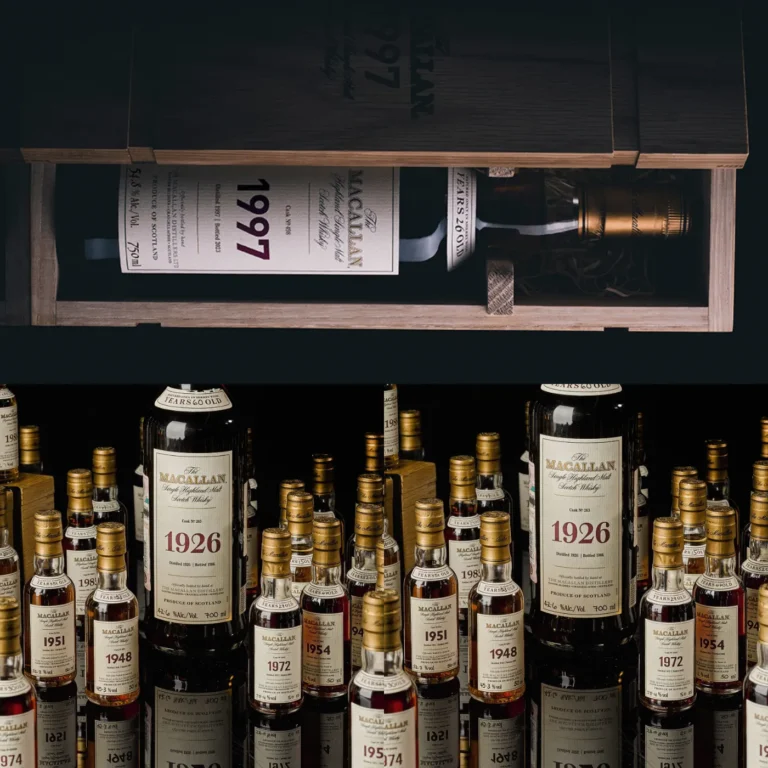
Queen Elizabeth II: A Fashion Icon and Symbol of Elegance
Queen Elizabeth II has captivated the world with her timeless fashion sense, embodying a dignified and authoritative presence throughout her 70-year reign. On April 21, she celebrated her 96th birthday, marking a milestone not only for the monarchy but also for global fashion. As the longest-serving British monarch, she has set an enduring standard in style and elegance.
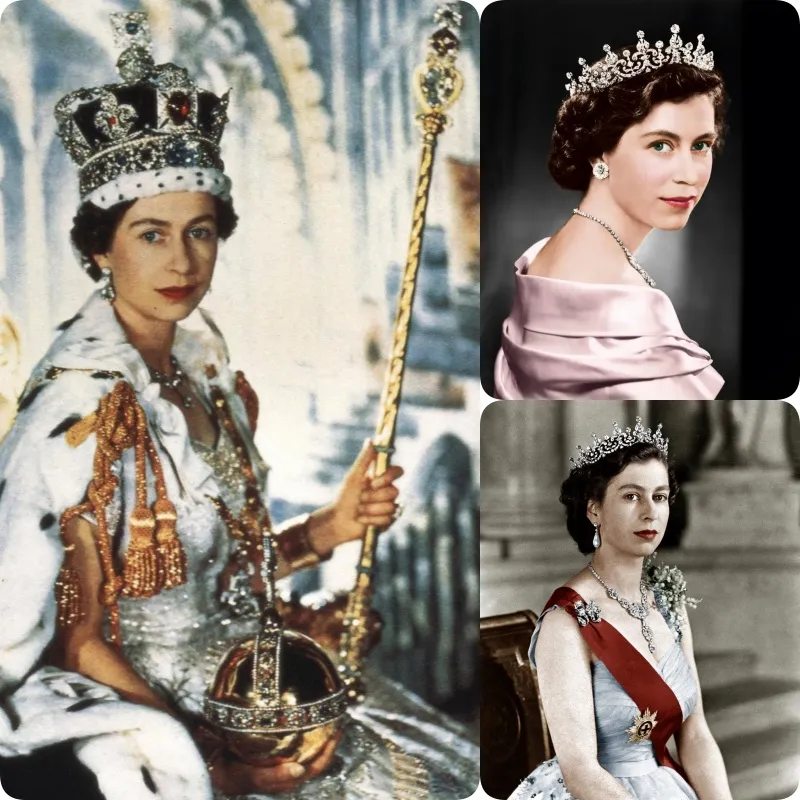
Her fashion choices have not merely been about personal style but have also communicated subtle messages to the public and world leaders. The day before her birthday, a photo was released showing her in the grounds of Windsor Castle, dressed in a deep green cape and holding reins next to her beloved ponies, Bybeck Katie and Bybeck Nightingale. This image not only pays tribute to her long reign but also showcases her adeptness at combining tradition with modernity in her wardrobe.
In her younger years, Queen Elizabeth II’s fashion was shaped by Norman Hartnell, a renowned British tailor. Hartnell designed long, form-fitting dresses that deviated from the flapper style of the 1920s. His designs are believed to have inspired Christian Dior’s iconic New Look. As she matured, her style evolved under the guidance of Hardy Amies, who dressed her from the 1950s to the 1990s. Amies’ simpler designs allowed the Queen to appear more relatable, particularly during her public engagements abroad.

In recent years, Angela Kelly, the royal dressmaker since 2002, has modernized the Queen’s wardrobe with bright, vibrant colors and tailored fits. Notably, in 2008, while attending a hockey match in Slovakia, the Queen wore knee-high black boots, a sequin dress, and a feathered hat, demonstrating that even at 80, she remained stylish and vibrant. Elizabeth Holmes praised this approach, noting how the Queen’s bold colors and accessories capture the heart and attention of the public.
The Queen has developed a signature style formula: hat, coat, Launer handbag, and shoes. This cohesive look has set a precedent for female politicians over the decades, with figures like Margaret Thatcher and Angela Merkel drawing inspiration from her. Consistent and repeated patterns in her wardrobe symbolize stability, reinforcing the perception of a steady state even during times of national crisis, as noted by Robb Young in his book “Power Dressing.”
Color is a significant aspect of her fashion choices. Standing at 1.6 meters tall, she often wears bright hues like yellow, fuchsia, purple, and turquoise, ensuring she stands out in any crowd. According to Sali Hughes in “Our Rainbow Queen,” the Queen avoids wearing green in grassy areas and muted colors in dim settings to maintain her visibility. Sophie Rhys-Jones, the Countess of Wessex, mentioned in the documentary “The Queen at 90” that the Queen’s need to stand out helps people say, “I saw the Queen.”
In addition to color, hats are a key part of her ensemble, helping her to stand out and make a statement. Rachel Trevor-Morgan, who has been designing hats for the royal family since 2014, remarked on the Queen’s role in enhancing Britain’s reputation for millinery.
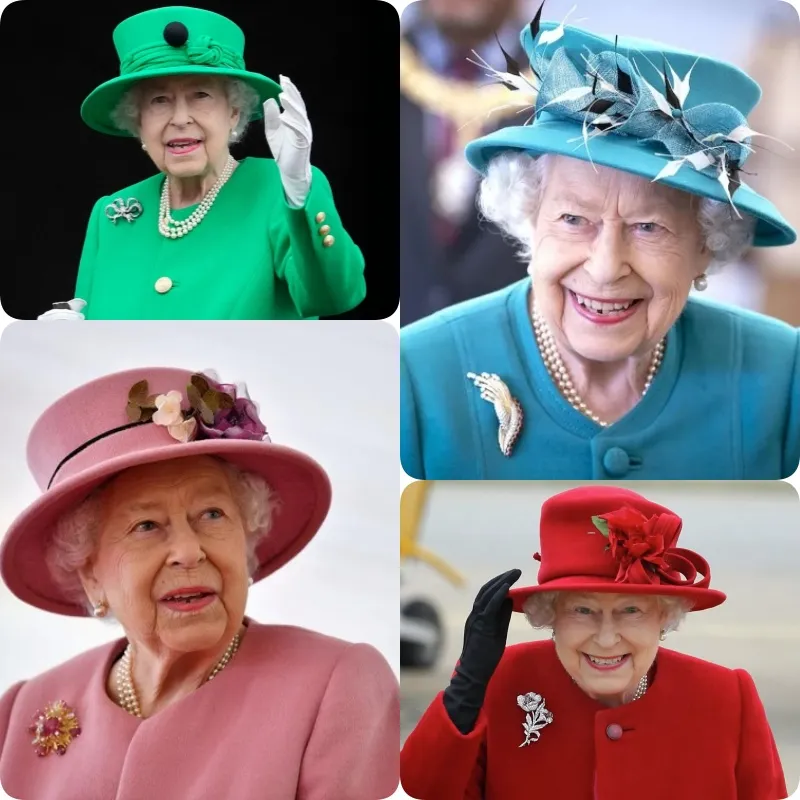
The Queen’s fashion choices often serve as a subtle form of diplomacy. On state visits, she frequently selects outfits reflecting the country she is visiting. For instance, during her 1983 trip to the West Coast of the U.S., she wore a white Hardy Amies dress embroidered with orange poppies, the California state flower. In 2011, her visit to Dublin saw her donning a blue coat, a white silk cloak, and a harp brooch made of Swarovski crystals, reflecting the Irish national flag’s colors. Her thoughtful selections have also influenced her granddaughter-in-law, Kate Middleton.
Furthermore, the Queen has used accessories to express political viewpoints. In 2017, during a speech at the State Opening of Parliament following Brexit, she wore a blue hat adorned with yellow flowers arranged in a pattern resembling the EU flag. On another occasion, she wore a brooch gifted by former President Barack Obama while meeting President Donald Trump.
In her private life, the Queen is known for her country style, often seen in Barbour jackets, quilted gilets, silk headscarves, and tartan skirts. These traditional designs, emblematic of British culture, are also favored by politicians like Theresa May and Nicola Sturgeon.
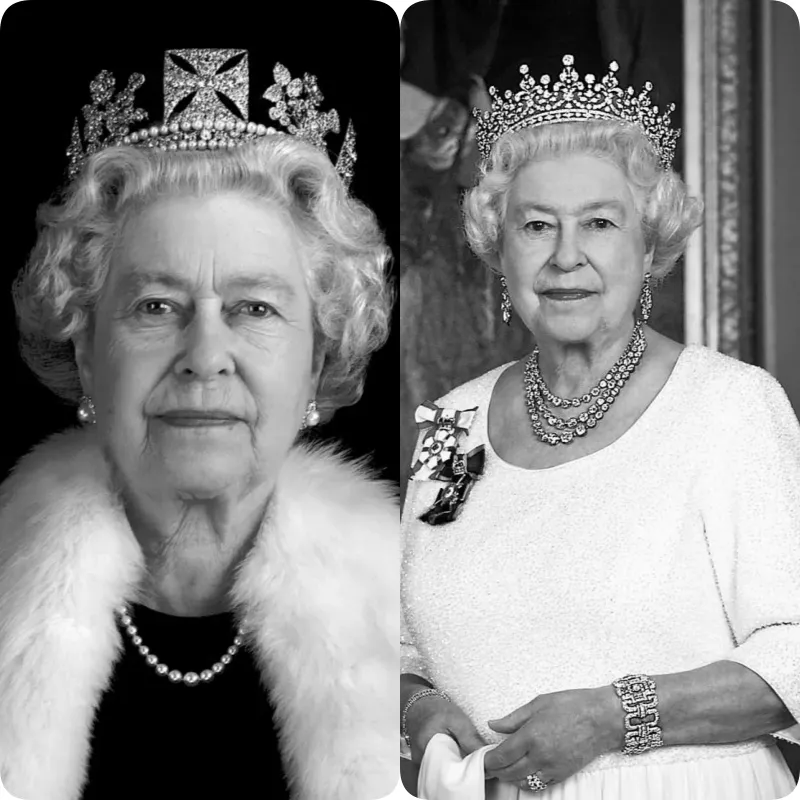
Queen Elizabeth II’s influence on the fashion industry is profound. Many designs have drawn inspiration from her, including Erdem’s Spring/Summer 2018 collection featuring embellished dresses and white gloves, and Richard Quinn’s Balmoral outfit. In February 2018, the Queen presented the “Queen Elizabeth II Award for British Design” to Richard Quinn at London Fashion Week, marking her debut at one of the world’s major fashion weeks.
In conclusion, Queen Elizabeth II is not only a fashion icon but also a symbol of elegance, stability, and enduring style. Her fashion choices reflect her personality and have inspired generations, leaving an invaluable fashion legacy for the United Kingdom and the world.
